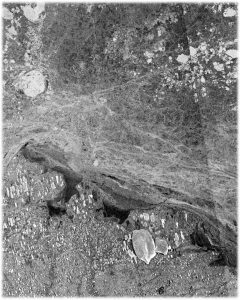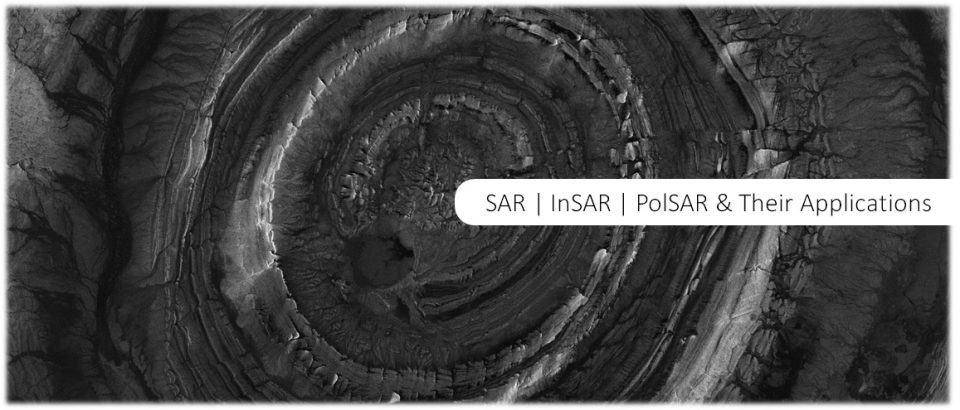 Before You Start:
Before You Start:
Before you get started on this lab, please revisit Section 5.7.6 Sea Ice in Woodhouse (2006) (pages 136 – 138) to refresh your knowledge about microwave interactions with sea ice.
Goals of this Lab:
Monitoring the condition, motion, and properties of sea ice is an important application of SAR. In fact, SAR is the main data source used by the National Ice Center (NIC) and the Canadian Ice Service (CIS) for the generation of ice charts. At the same time, the interaction of radar signals with sea ice can be difficult to predict as its radar cross section is driven by a wide range of material properties such as surface roughness, salt content (related to ice age), and vertical ice structure. Typically, the radar brightness of sea ice varies strongly with ice age and type.
In this class, we will use a time series of C-band Radarsat-1 SAR images acquired along Alaska’s northern coast to simulate the applications of SAR for the mapping and analysis of sea ice.
To download GeoTIFF versions of the SAR images used in this lab, please click here. JPG versions of these images are also available (click here).
Please also download the following lab instructions:
The University of Alaska Fairbanks is an AA/EO employer and educational institution and prohibits illegal discrimination against any individual: Learn more about UA’s notice of nondiscrimination.
